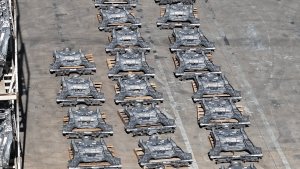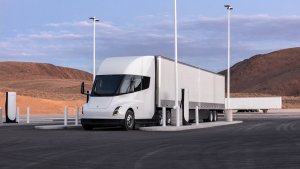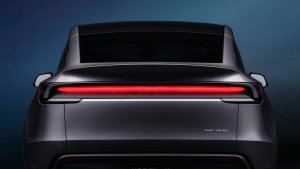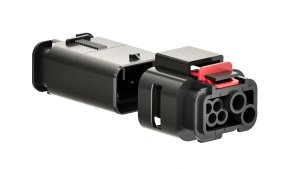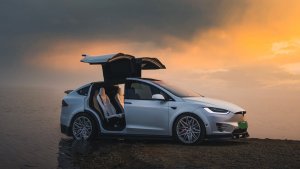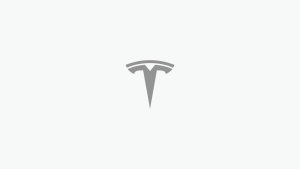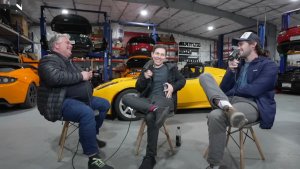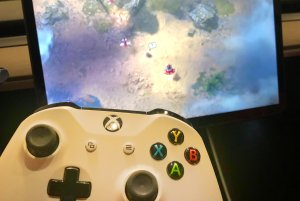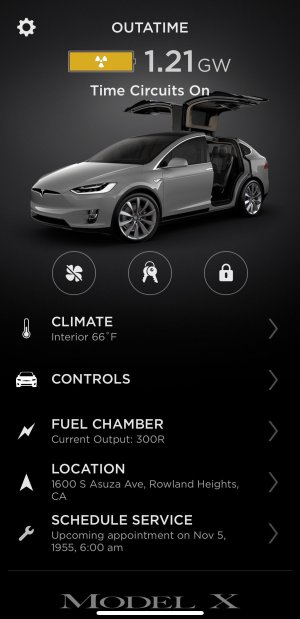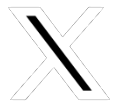Tesla registers new high-res radar. Could Tesla be changing its position on radar and LiDAR?
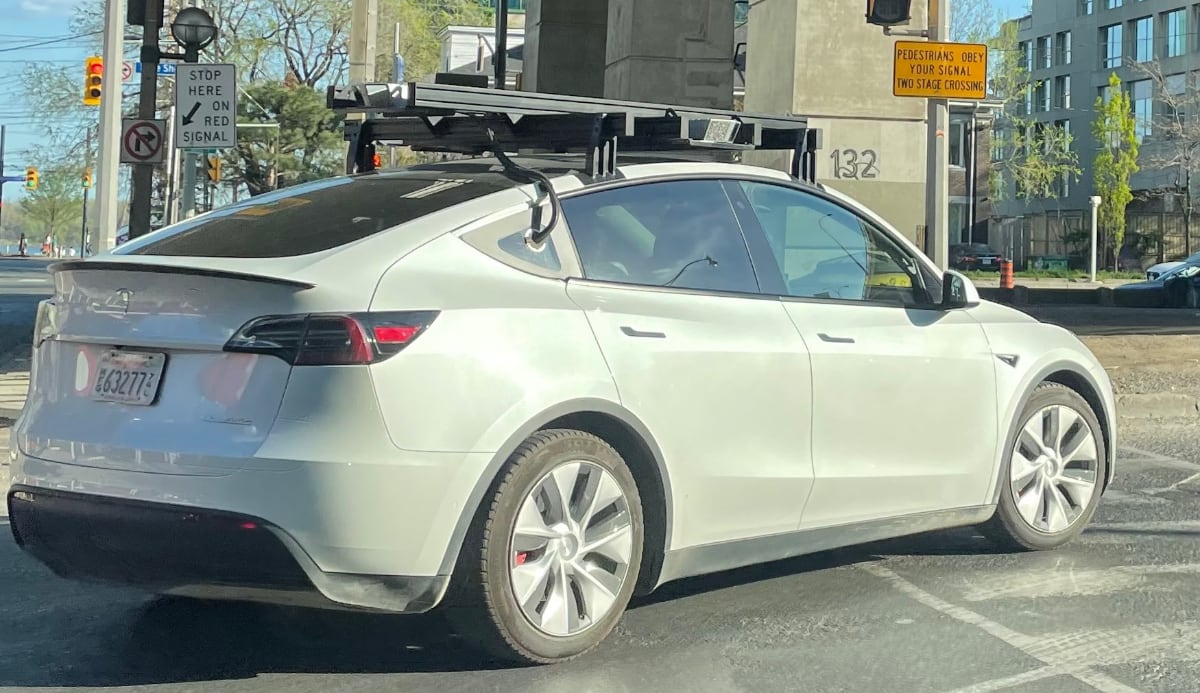
Tesla registered a new high resolution radar unit with the U.S. Federal Communications Commission (FCC). Tesla's intended use for these radar units is unknown, but it appears they are intended for imaging, similar to how LiDAR uses lasers to map surroundings.
While Tesla's FSD software has used radar in the past, Elon Musk has a rather unfavorable stance on LiDAR. For the purposes of autonomous driving, Musk sees LiDARs as a "fool's errand." Yet, people have been spotting Tesla prototypes with LiDAR sensors since last year.
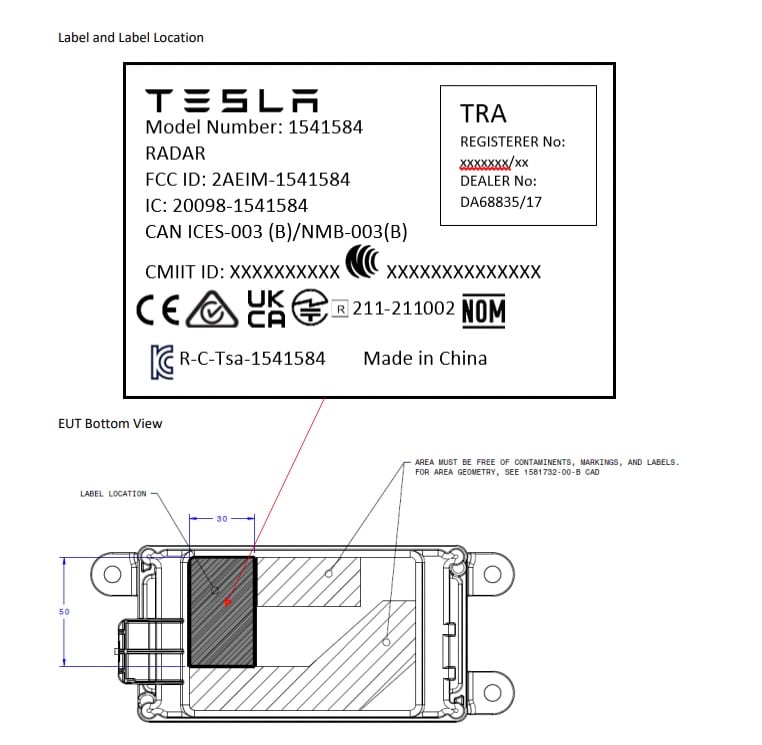
The latest instance of Tesla using LiDAR comes from Twitter user @ManuelRToronto who spotted a LiDAR-mounted Tesla in downtown Toronto, only a few weeks after the release of FSD Beta in Canada.
He took a video of the LiDAR-mounted Model Y with manufacturer license plates from California.
@elonmusk Spotted in Toronto. A @Tesla Model Y with #LiDAR and CA Manufacturing (MFG) Plates. It cut me off!, I guess it doesn’t have FSD or it may be camera shy, what’s the deal ? @NotATeslaApp pic.twitter.com/FYOdjFA1gq
— Manuel Rodriguez (@ManuelRToronto) May 16, 2022
There has been no official announcement from Tesla about these LiDAR-mounted vehicles, but it is safe to assume that Tesla will not use LiDAR on any production vehicles.
Tesla is likely using LiDAR to help train their machine learning algorithms, using it as the ground truth when checking for accuracy. Unlike cameras, LiDAR captures extremely accurate 3D depth measurements.
LiDAR could be used to train these algorithms to accurately interpret depth by relying on precise, non-interpretive LiDAR sensors.
Cameras are limited to 2D data combined with computer vision algorithms to interpret 3D depth. The downside to this approach is that it requires a computational process versus having precise 3D depth measurement from a LiDAR sensor.
However, LiDAR sensors are expensive; the benefit of relying solely on cameras is that it makes Teslas much more affordable.
LiDAR can't be the only sensor used in a vehicle since it can only build a wireframe 3D environment. Without cameras it wouldn't be able to read traffic signs, traffic lights or anything that doesn't have depth.
Vehicles with LiDAR also rely on camera data and fuse the two outputs of the two sensors together to build a virtual representation of the real world.
Musk believes that self-driving cars should navigate the world in the same manner as human drivers. Since humans use their eyes and brain to navigate three-dimensional space, cars with cameras and enough computational power should be able to achieve the same thing.
"Humans drive with eyes and biological neural nets, so it makes sense that cameras and silicon neural nets are the only way to achieve a generalized solution to self-driving, " says Elon Musk.
While other self-driving initiatives like Google's Waymo have taken a LiDAR approach, Tesla is outpacing the competition using vision-only, machine learning and the network effect of over 100,000 vehicles in the FSD Beta program.
Tesla's vision-only approach has become smart enough that adding radar data gives the system more information than it needs and disorients the FSD software.
LiDAR and radar may be helpful in training the FSD software, but Tesla wants to avoid using multiple sensors with potentially conflicting perceptions that would overwhelm the system.
With Tesla's recent patent of a high resolution radar, and the recent reported use of LiDAR, it is possible that Tesla's Robotaxi will employ radar and/or LiDAR in order to reach full automation.
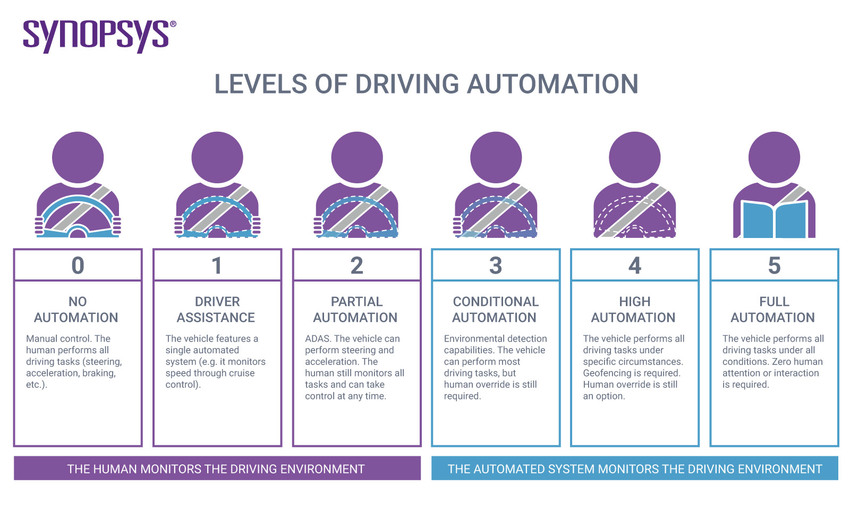
Tesla's FSD software could eventually be segmented into consumer and commercial self-driving vehicles with consumer vehicles reaching conditional autonomy (L2/L3) using vision-only and commercial vehicles reaching full autonomy (L4/L5) with the help of radar or potentially even LiDAR sensors.
Commercial robotaxis could even be multi-sensor (cameras, radar, LiDAR), costing much more, while consumer self-driving vehicles would be vision only and more affordable.
Only very high resolution radar is relevant
— Elon Musk (@elonmusk) February 5, 2022













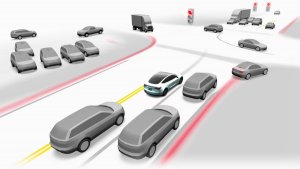
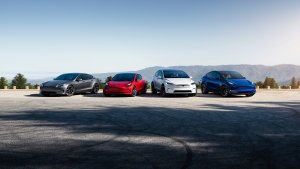
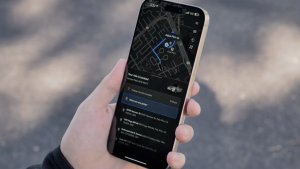
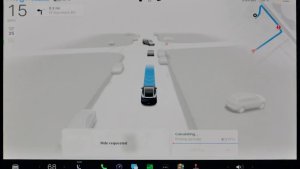
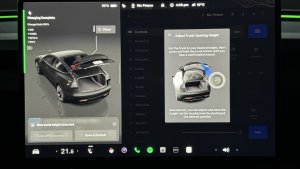
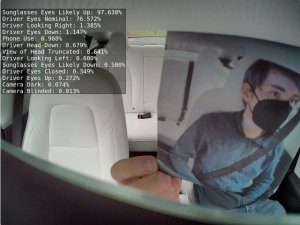
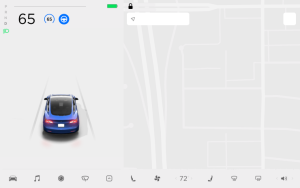
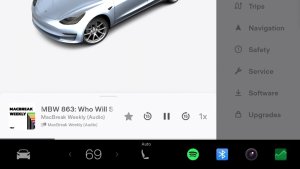
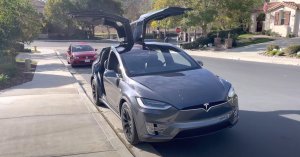
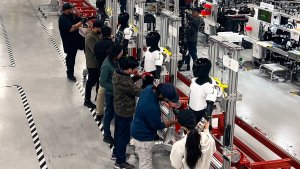
![Tesla's 2025 Q1 Earnings Call: How to Listen [Listen to Replay]](https://www.notateslaapp.com/img/containers/article_images/multiple-models/group_81.jpg/b2695a53b51e4c7927802deba2534b09/group_81.jpg)
